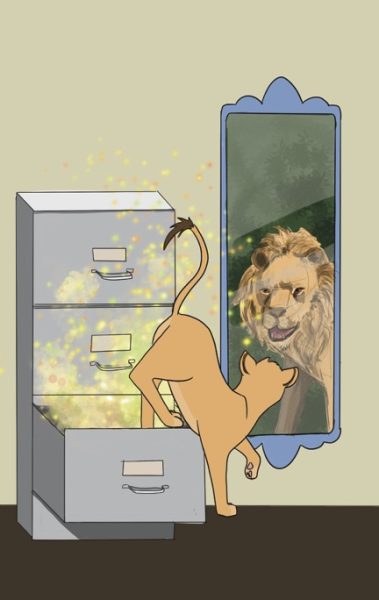Living in Color
October 22, 2015
Illustration by Catalina Burch.
At first blush, saying that everything in the world is both joyful and sad at the same time is bewildering, comical even. But upon further rumination, that pithy little statement offers a credo that hugs the truth rather closely. You see, we’re inclined to classify everything in life in terms of clearly defined extremes. We separate emotions by like colors, mark beliefs as true or false, and snap our ideas into their respective air-tight containers. To lean on a popular colloquialism, we tend to see things in black and white.
However, life is much too nuanced for such a worldview. In reality, multiple things can be true at once. Many of the most important aspects of life are made up of dualities, of contradictions. Moments of the most dazzling and all-consuming joy are often accompanied by a resigned sadness, acknowledging the eventual passing of our happiness. The deepest, richest love brings with it a gripping fear of loss and loneliness. In bright moments of success we are reminded of how much we dread failure. Pain and darkness can steal days from us, but in that dreariness, one small moment can bring a splash of joy richer than anything we’ve felt before. These opposing polarities may very well be the backbone of the human condition.
However, we humans tend to shy away from embracing these contradictions. It’s easier to put positive emotions in one box and negative ones in another. It’s more simple to cling firmly to one belief and kick away anything that slightly opposes it. Living with a definitive sense of right and wrong is more comfortable than living in the murky grey areas, but that messy no man’s land is perhaps exactly where we should be.
When faced with difficult decisions, we are often tortured by the fear of choosing the wrong option. But the truth is, there is no wrong option—there is only the choice we make and the choice we leave behind. There’s a beautiful poem, “The Blue House” by Tomas Tranströmer, in which he alludes to this issue: “Both joy and sorrow swell in the magnifying glass of dew. We do not actually know it, but we sense it: our life has a sister vessel which plies an entirely different route.” These “sister vessel[s]” we may never know, but no life we experience is wrong or right; our choices simply guide us in narrowing down the specific sliver of the world that unequivocally belongs to us.
Life is nuance, not clarity. We can want two entirely opposing things. We can feel many contradicting emotions at once. The most terrible moments in our lives can also be the source of some of the most beautiful. Looking at my own life, it’s clear that the times of inkiest darkness have been the greatest catalysts for my personal growth. The moments of joy that stand out to me most clearly are the little jewels I managed to find in my saddest times.
We can find success in failure if we learn how to rise with resilience. We can find ringing laughter in sadness if we understand the beautiful mutability of pain and joy. And we can make the most difficult decisions if we stop fearing the ominous right versus wrong duality.
People have an affinity for binaries: we like clarity and absolute truths. In reality, these divisions don’t exist. It’s uncomfortable to acknowledge the tangled bundle of opposing emotions, desires, and fears that rule us, but an understanding of these ever-undulating realities is critical to an understanding of life. We should embrace these inherent contradictions. We should learn to hold two opposing truths at the same time, to let the confusion of happiness and sadness, of love and fear, of success and failure, morph into an appreciation for the crazy, beautiful complexity of life. We should learn to live in color.







